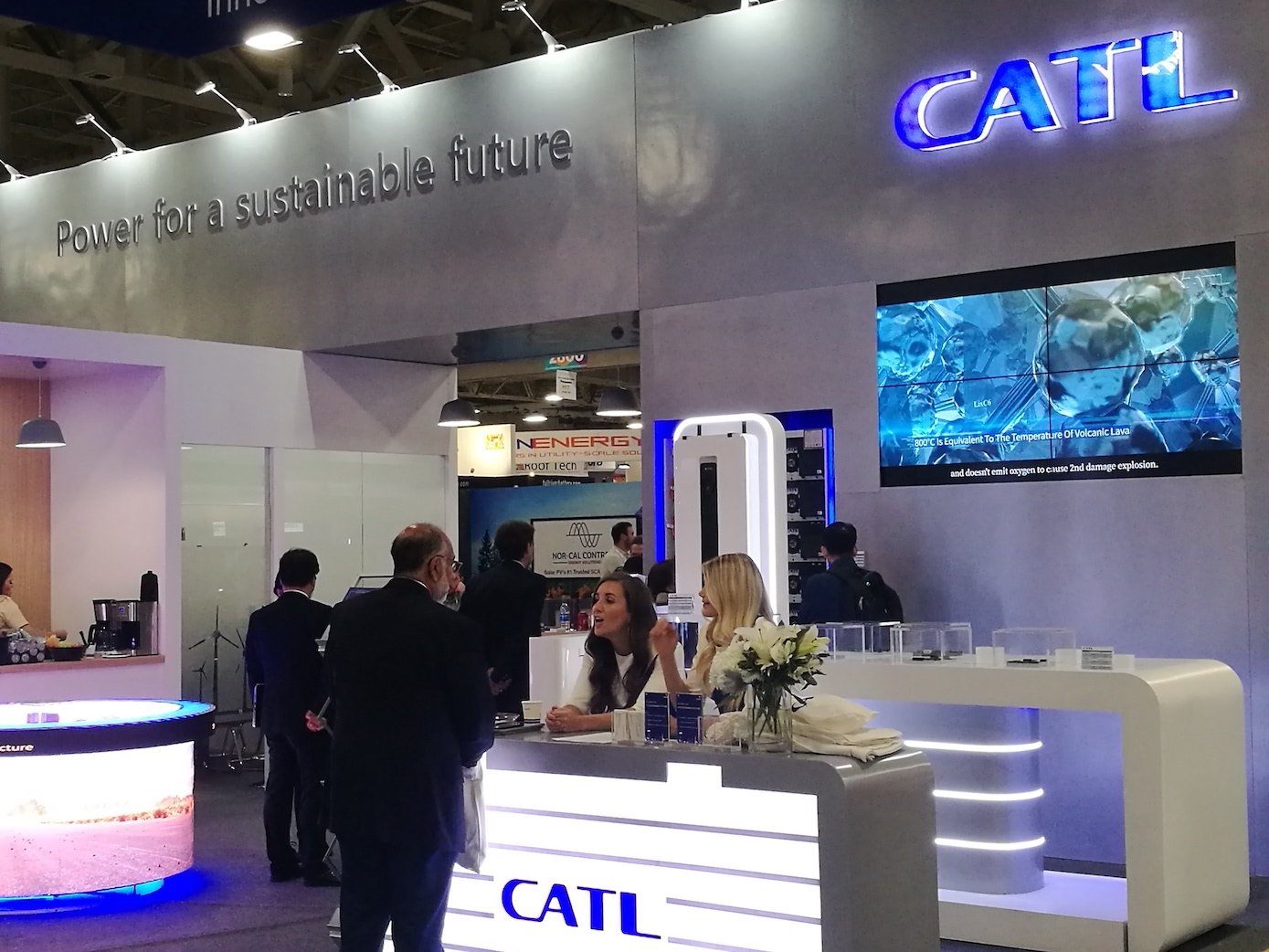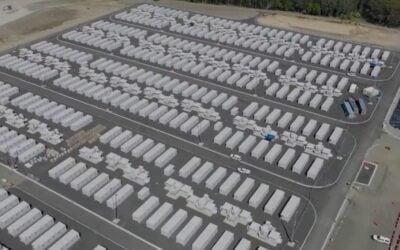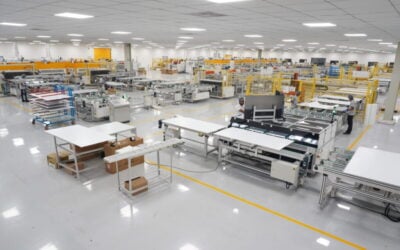
The Asia-Pacific region will continue to be the world’s leading centre of lithium-ion cell manufacturing for the next decade, but it won’t just be price reductions in batteries that will drive a 30% drop in front-of-meter battery storage in key markets China, Australia and South Korea.
According to new analysis by research firm Wood Mackenzie, although battery price reductions were the biggest driver in system costs falling “faster than anticipated” during last year, there has also been a growing focus on reducing the costs of the other hardware components that make up large-scale energy storage systems that provide energy, capacity or power services for utilities and grid operators.
While rival research firm BloombergNEF found that global lithium-ion battery pack prices averaged around US$137/kWh in 2020 and could fall to US$100/kWh by 2023, equating to a 89% drop since 2010, Wood Mackenzie’s analysis focused on whole system costs including power converters, battery management systems (BMS) and other components.
Wood Mackenzie senior analyst Mitalee Gupta said that Asia-Pacific, led by China, “will continue to dominate global cell manufacturing capacity through 2030,” but that as the energy storage industry in the region “takes off, every component across the value chain will play a role in bringing down system costs”.
Try Premium for just $1
- Full premium access for the first month at only $1
- Converts to an annual rate after 30 days unless cancelled
- Cancel anytime during the trial period
Premium Benefits
- Expert industry analysis and interviews
- Digital access to PV Tech Power journal
- Exclusive event discounts
Or get the full Premium subscription right away
Or continue reading this article for free
China’s industry, currently the cheapest globally for full system costs at US$554/kW during 2020, will enjoy a 33% decline in costs for 2-hour duration front-of-the-meter energy storage to US$369/kW by 2025; Australia is predicted to see a 34% decline in costs from US$990/kW in 2020 to US$658/kW in 2025 and South Korea a 29% decrease from US$821/kW to US$578/kW in that same timeframe.
Gupta pointed out that the proportion of “all-in system costs” that batteries themselves represent is expected to shrink and that therefore there will be “heightened focus on balance-of-system (BOS) cost reductions moving forward”.
“Manufacturers will continue to innovate and produce BOS components that help reduce labour costs, and installation crews are implementing more efficient labour practices as they gain more experience on job sites,” Gupta said.
“Competitive markets will drive system efficiencies, product standardisation and cheaper batteries as we progress towards 2025.”
Another research and analysis firm, Guidehouse Insights, predicted a few months ago that by 2023, the Asia-Pacific region will overtake North America as the world’s biggest market for utility-scale energy storage, with expected growth in the Chinese market a “major factor” in this change in global market dynamics.
Key differences include choice of battery cell chemistry
While China’s lead can be explained in part by a “favourable policy landscape” as well as the existence of a domestic supply chain that has created a “battery powerhouse”, the country’s industry has also focused increasingly on lithium iron phosphate (LFP) chemistry batteries. Recent figures from the China Energy Storage Alliance’s (CNESA) in-house research team found that deployments of electrochemical energy storage capacity in the country during the first three quarters of 2020 were 533.3MW, an increase by 157% on the same period in the previous year while 85% of those new systems were lithium-ion battery-based.
Wood Mackenzie predicted that in creating the world’s largest production centre of LFP batteries, as well as the world’s largest demand centre for them, China has put LFP batteries in position to be the world’s leading choice of battery chemistry in the years to 2025.
LFP batteries are starting to be favoured for stationary energy storage applications over the nickel manganese cobalt (NMC) batteries found in electric vehicles (EVs) for reasons including the higher temperature threshold required to cause LFP batteries to go into thermal runaway, which can cause fires. LFP is less energy dense and tends to have a lower cycle life than NMC, but these considerations matter less for stationary applications than it does for mobility, particularly the first.
That said, NMC is still very widely used for grid-scale energy storage systems around the world and at present most of the rest of the Asia-Pacific region’s other key markets are dominated by it. The fact that NMC batteries are also used in EVs helped drive down the cost of the technology dramatically in the early days, although as LFP manufacturing capacity grows, cost declines for that chemistry will become more rapid too, Wood Mackenzie pointed out.
Australia and South Korea remain “key NMC markets” and in both countries there will be a significant rise in the number of front-of-the-meter projects in the next few years. Australia is however undergoing a “technology transition” with a growth in interest in LFP batteries from developers and system integrators due to its growing cost-competitiveness, the availability of supply from Chinese manufacturers as well as what the analysis firm described as “ongoing improvements in the technology” which “make it a favourable choice” for energy storage applications.
Meanwhile, although South Korea saw a “massive surge” during 2018 in energy storage deployments due to favourable government policies, this lead to a hugely competitive landscape which left many participants struggling to keep up and many exited the industry. The cause was also not helped by a number of fires at battery storage facilities which dented confidence in the industry.
Therefore, while South Korea’s industry enjoyed rapid cost declines over and after that boom period, cost declines going forward, particularly for BOS hardware components, may not be as rapid as those expected to be seen in Australia and China, according to Wood Mackenzie.
As a general trend, price variance between countries for non-battery hardware is not as pronounced as it once was, and the improving energy density of batteries has lead to lower associated BOS costs. Wood Mackenzie’s Mitalee Gupta also said that in the coming years, “fire risks and safety standards, tariffs and trade policies and safeguarding the supply chain amidst COVID-19 uncertainty are factors that could make or break the industry”.





